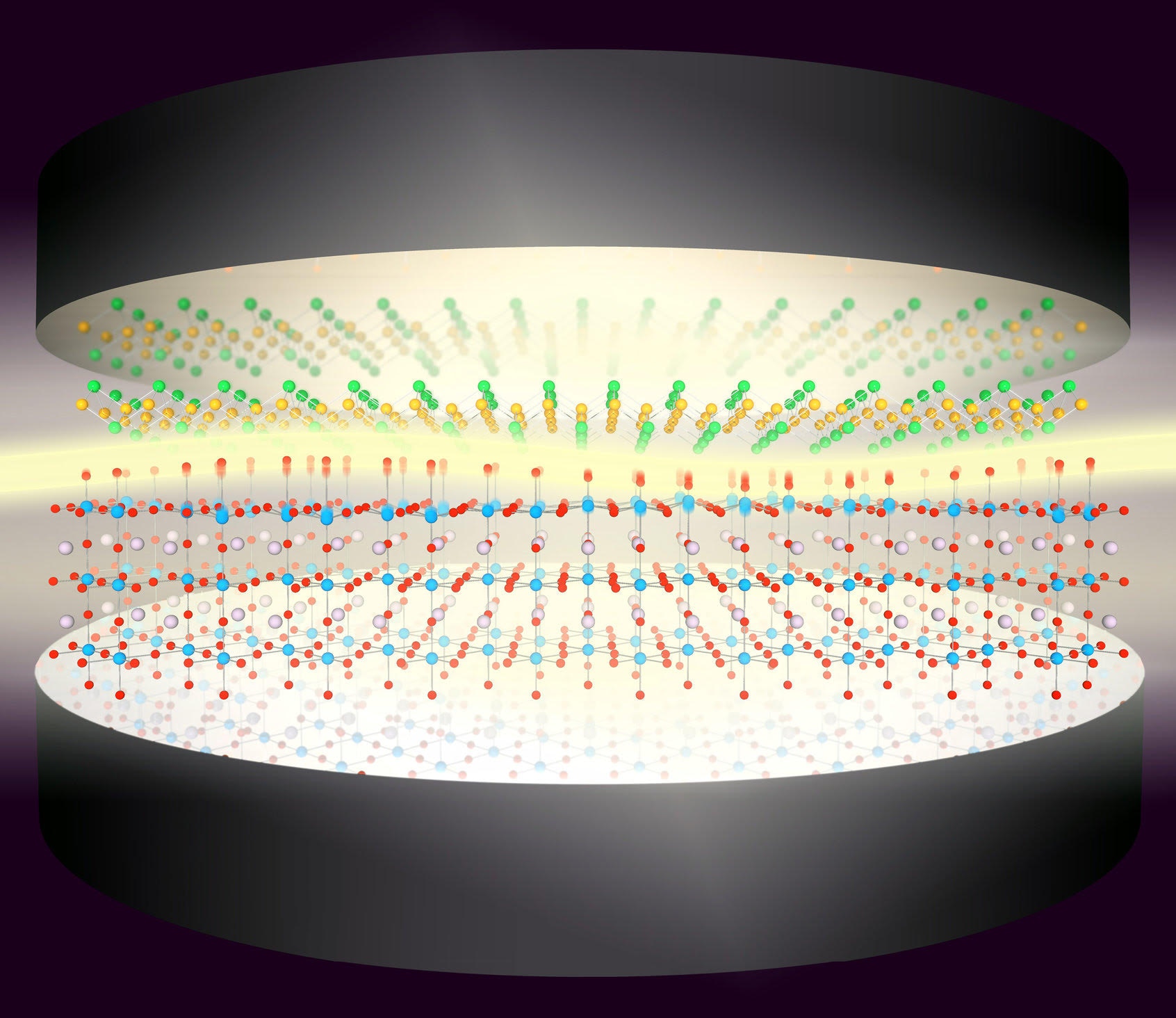
Why Pulsars Shine Bright: A Half-Century-Old Mystery Solved
Simons Foundation, June 2020When Jocelyn Bell first observed the emissions of a pulsar in 1967, the rhythmic pulses of radio waves so confounded astronomers that they considered whether the light could be signals sent by an alien civilization.








